October Caddis have been flitting over the river and along the streamside brush the last few weeks. I believe these bugs are important to the fish and they sure seem to key on them at times. This is a perfect time to talk about October Caddis and their imitations.
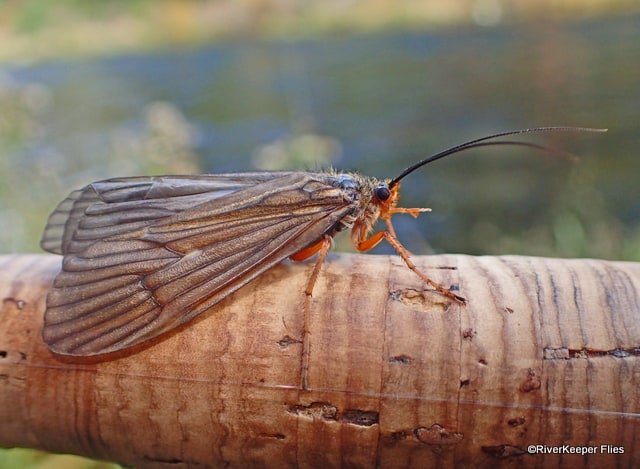
The October Caddis (Dicosmoecus), otherwise known as the Giant Orange Sedge, hatches in September and October. These bugs are too big for the fish to ignore.
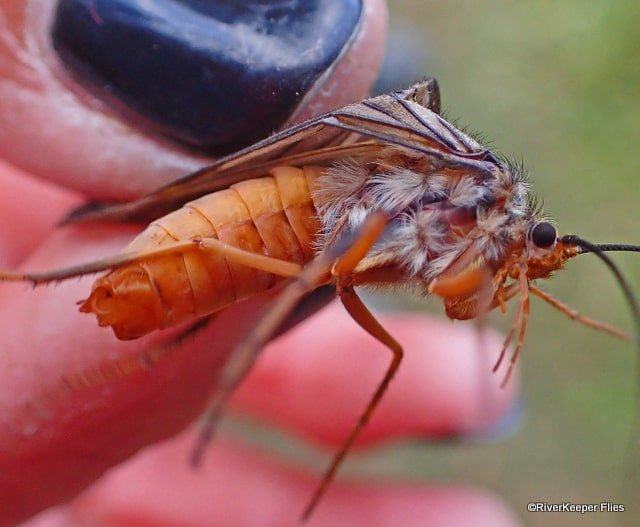
This is one of the bugs big trout key on during the year. Other big bugs are the Golden Stonefly, Salmonfly, and my favorite – the Green Drake. My experience is the bigger fish show themselves during these hatches and it can be some of the best fishing of the year for large trout.
As an extra bonus, steelhead have been known to rise for an October Caddis pattern. How exciting would that be?
These bugs are BIG. I’m talking about a size 8 caddis pattern, not the smaller size 16 and 18 caddis, pale morning duns (PMD) and blue wing olives (BWO) the fish have been eating lately. Every once in a while, you’ll see a big, splashy rise. Maybe it was a fish taking an October Caddis!
The October Caddis is available to trout as a dry fly at three key times – just after hatching, during windy days, and when females lay their eggs.
Be sure to try an October Caddis dry fly along the bank in 2 to 4 feet of water with overhanging grasses, trees, or other vegetation. This is a likely spot for trout to hang out and grab a bug or two.
What flies should you have in your fly box to imitate an adult October Caddis?
Here is a fly I tied a couple of years ago. It’s a slight variation to a standard Elk Hair Caddis or Bucktail Caddis fly pattern I call the RiverKeeper October Caddis.
RIVERKEEPER OCTOBER CADDIS
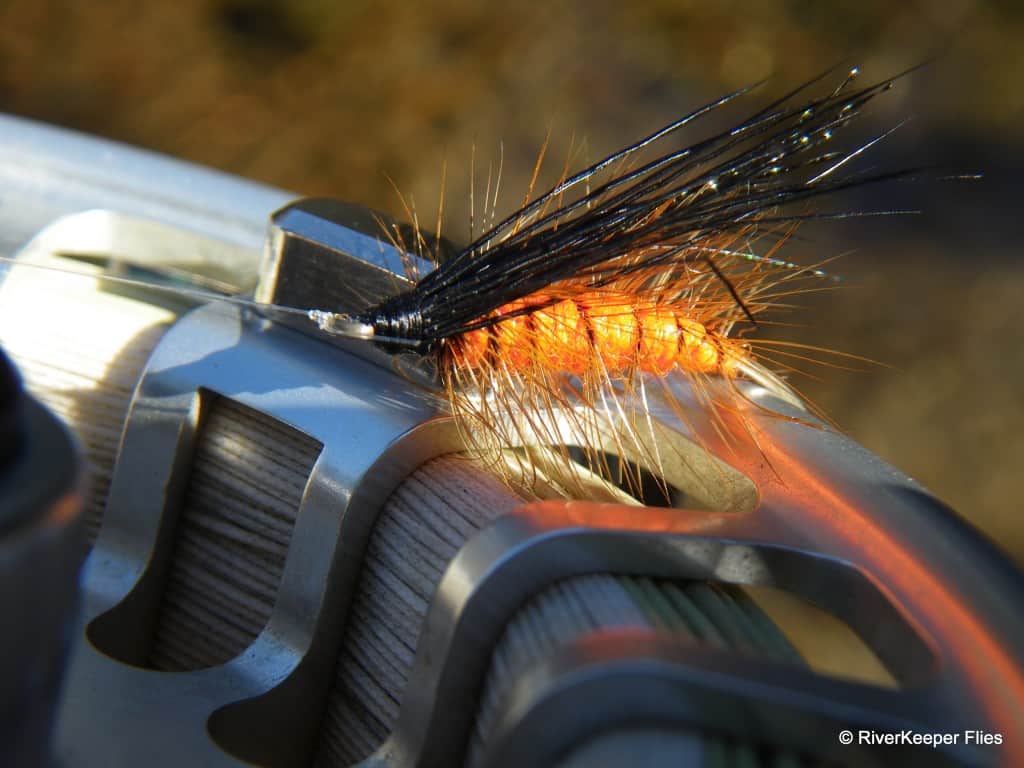
Other popular dry flies to imitate an October Caddis are a Stimulator, Orange Bucktail Caddis, and this Morrish October Caddis.
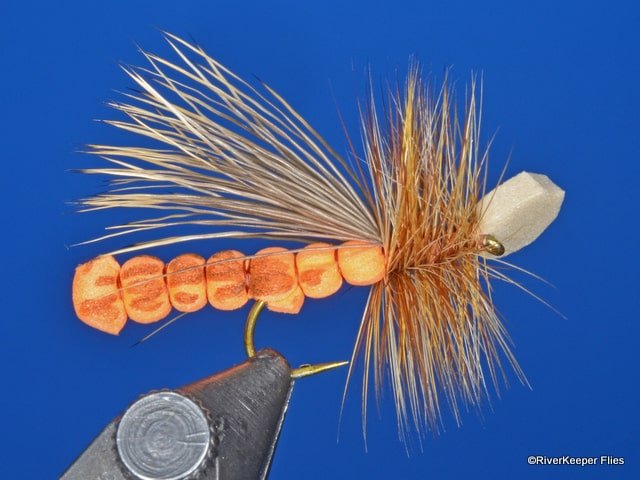
I think it’s time for a quick entomology lesson.
OCTOBER CASED CADDIS
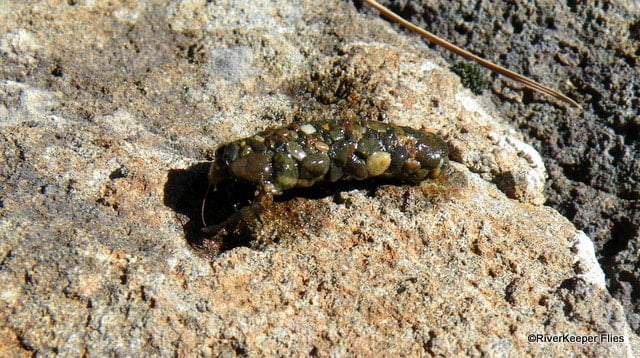
Most of a caddis’ life is spent in the larval stage inside a case, which they build from small rocks found on the stream bed. Prior to hatching, you’ll find these bugs crawling to the edge of riffles and runs, dragging their cases with them. They seal off the case opening and pupate to their next phase of life. When the time is right, the pupae climbs out of the case and swim to the surface. They crawl out on a log or rock and transition the final time to an adult. The back of the pupae opens and out crawls a winged adult. (For some spectacular pictures of this transition, check out Arlen Thomason’s great book entitled Bug Waters). Generally, this transition from an aquatic insect to an adult can be a terrific time to fish a caddis hatch. But the October Caddis hatch isn’t one of them. They hatch at night when it’s illegal for us to fish.
But that doesn’t mean the caddis pupae aren’t available to the trout. Gary LaFontaine in his epic book Caddisflies explains the October Caddis life-cycle. While growing in their cases, they outgrow them periodically and leave the case to start from scratch and build a bigger one.
So my theory is the fish are used to seeing October Caddis and their imitations will catch trout when nymph fishing.
Two great caddis pupa fly patterns are the Morrish Deep October Caddis or a Bead Head October Caddis. I plan to add these fly patterns sheets soon to RiverKeeper Flies, so check back soon on the Caddis Fly Patterns page.
Adults spend time on the stream-side vegetation while they prepare to mate. I think they watch the river and find their Zen! To complete their life-cycle, the adults mate and females begin laying their eggs within 48 hours after emerging.
Take a little break from fishing and look through the leaves. Use your observation skills. I’m sure you will find some October Caddis. As the day warms, the adults become more active. You’ll see the females flying over the water and dive-bombing to lay eggs with a splat. Every once in a while, I see a very splashy rise and think it has to be a trout taking an October Caddis.
I blind-cast these when I don’t see any fish rising and WHAM! Other times, cast it to a fish that’s eating other bugs and see if they’ll eat it. An occasional twitch of the rod tip will provide movement similar to the real caddis. Give it a try.
But you better be ready! Hopefully, you’ll catch one of these beauties!

Enjoy…go fish!
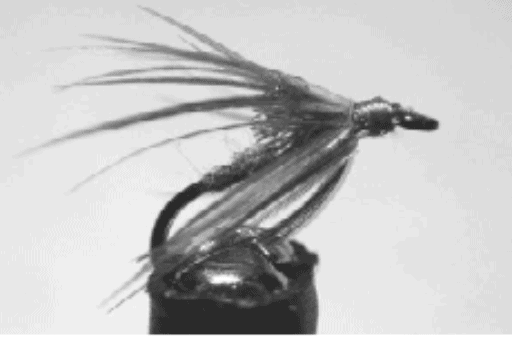

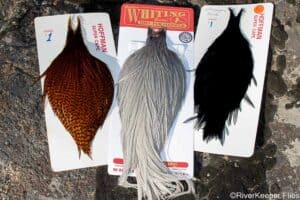
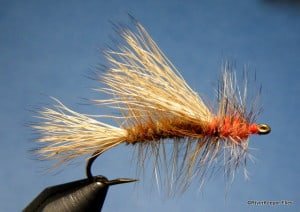

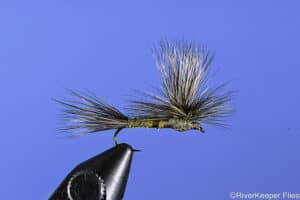

John:
You often refer to “my favorite river” in your blog. Is it the Metolius? Just curious.
Hi Bill
Thanks for the comment…yes, it’s the Met…
John